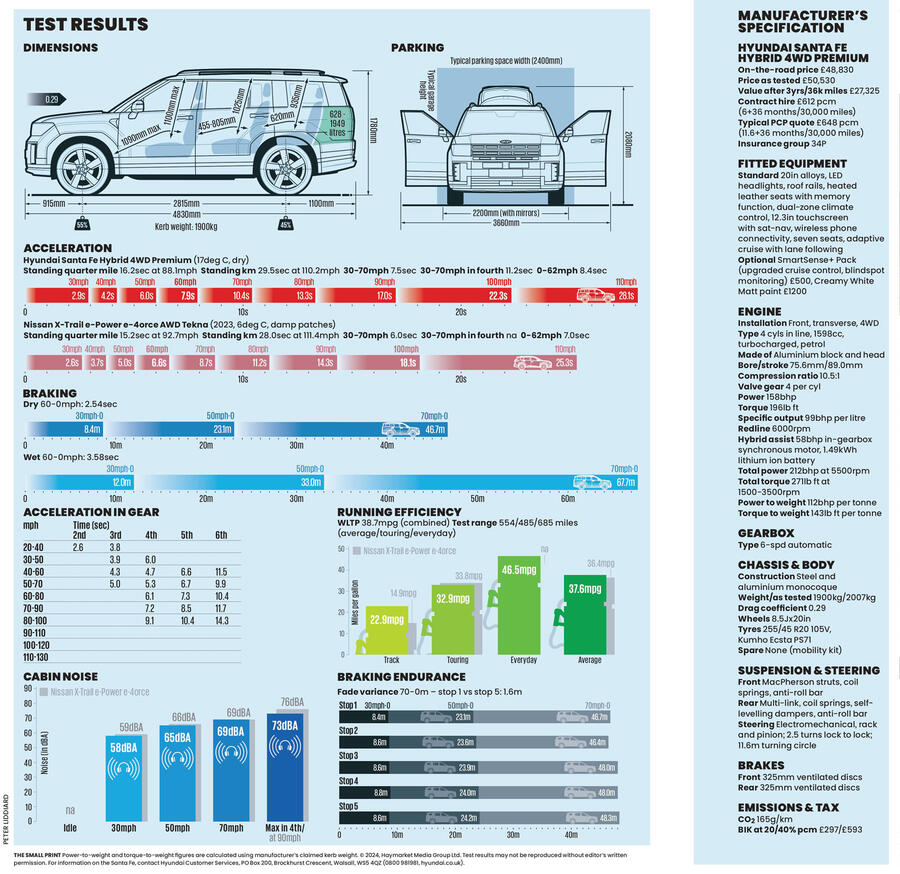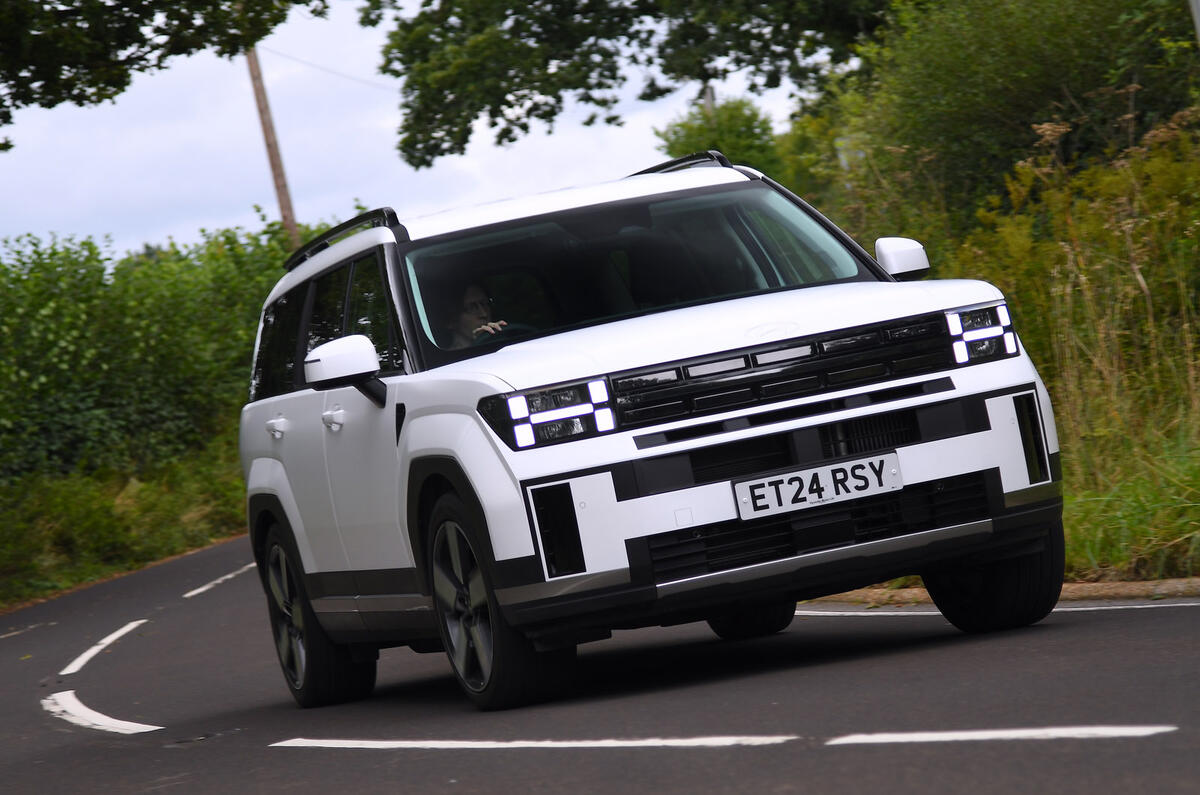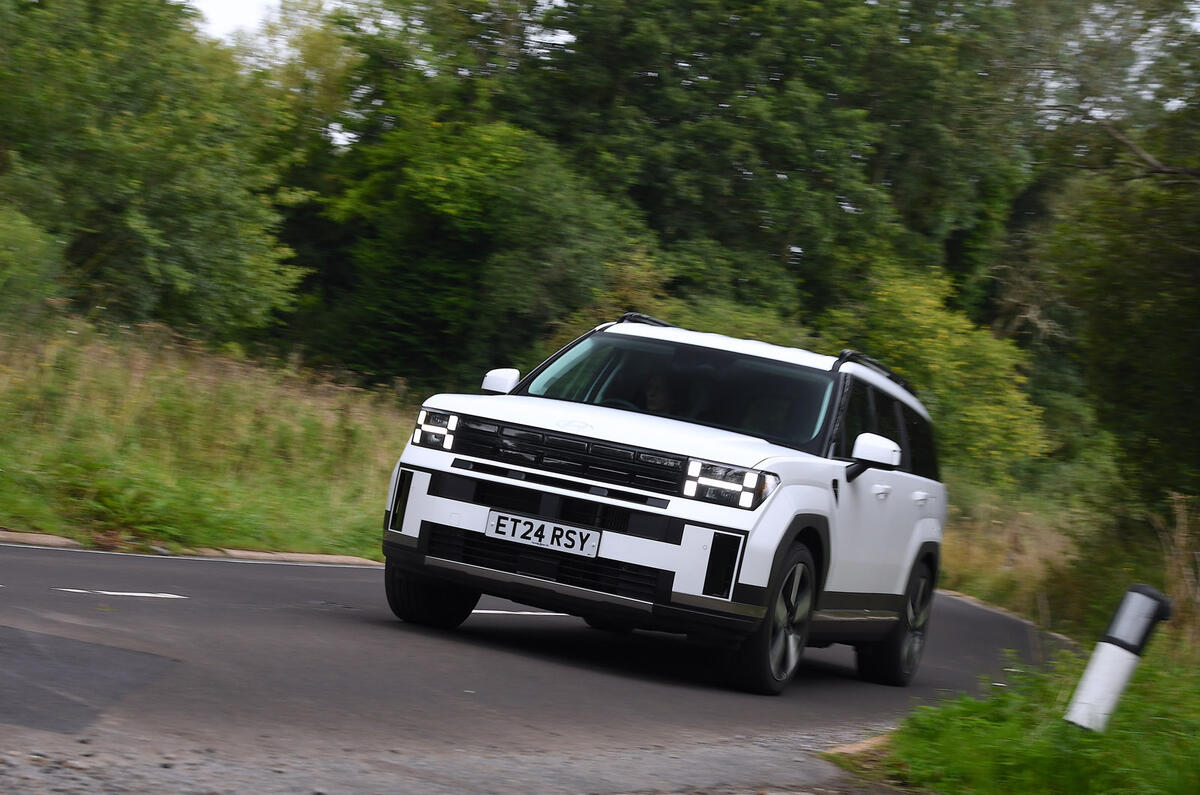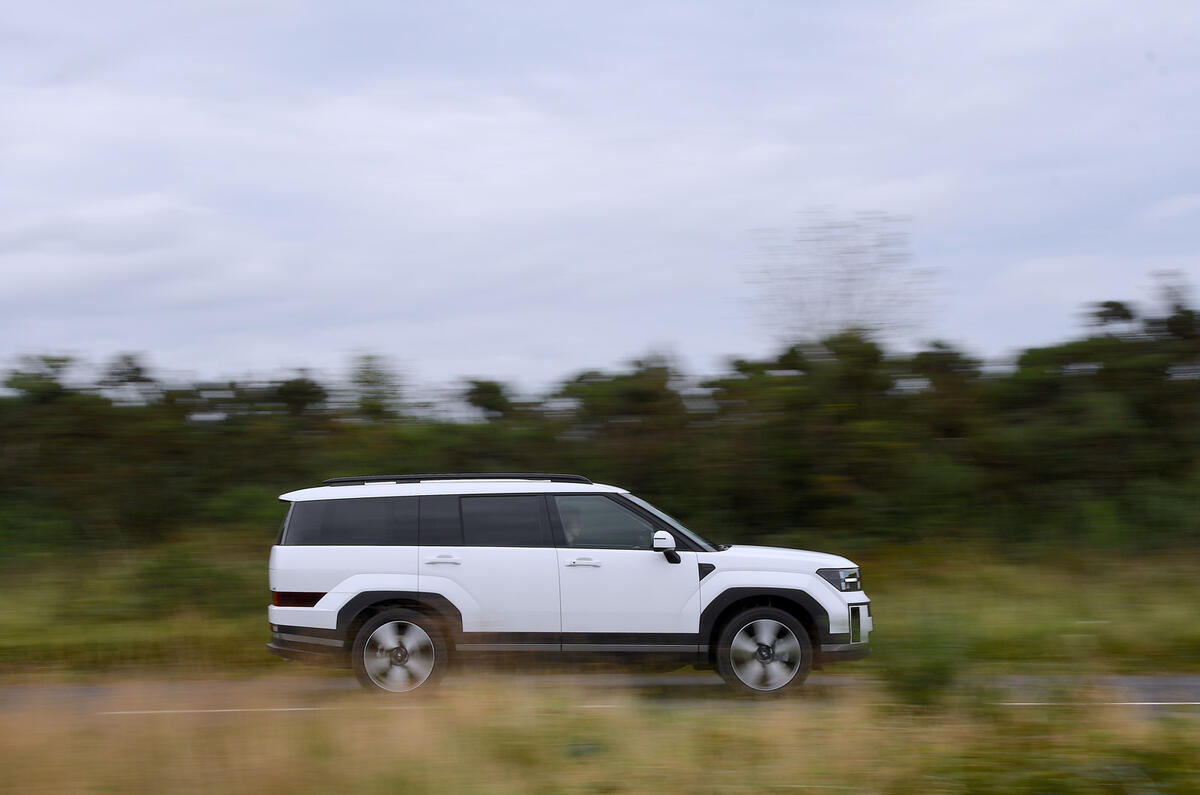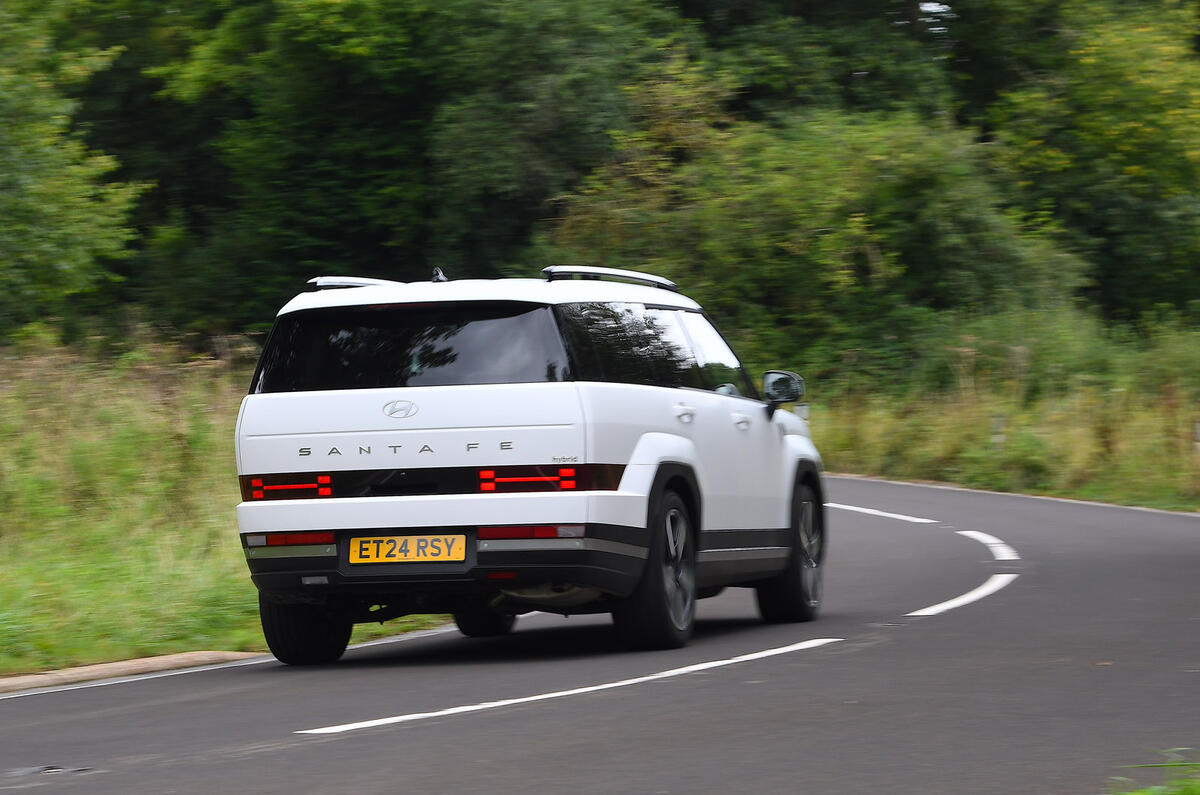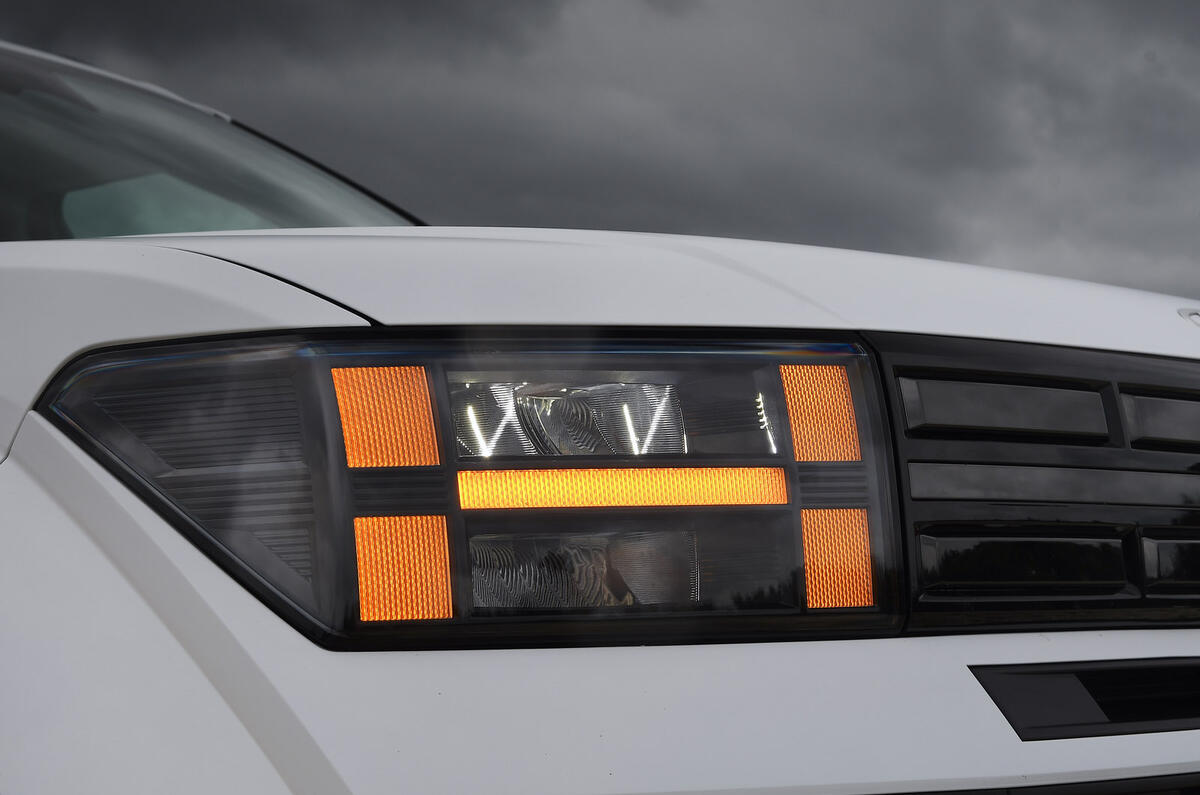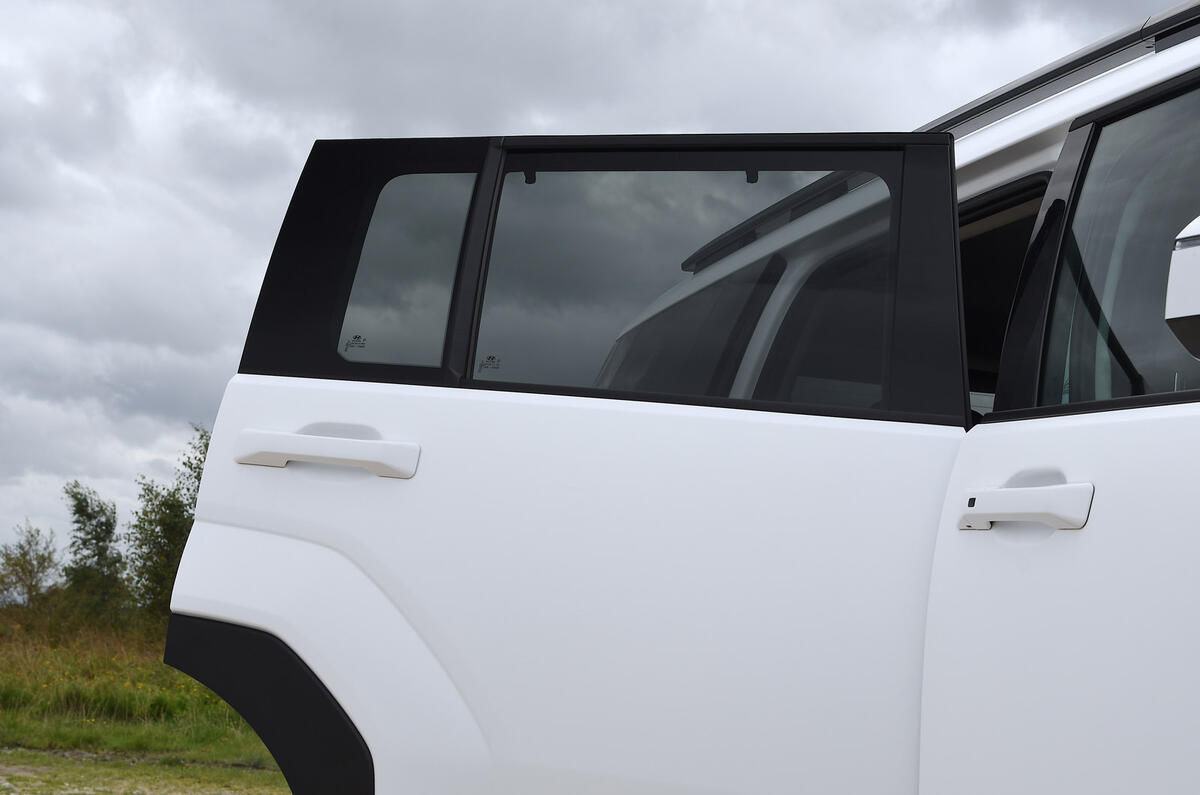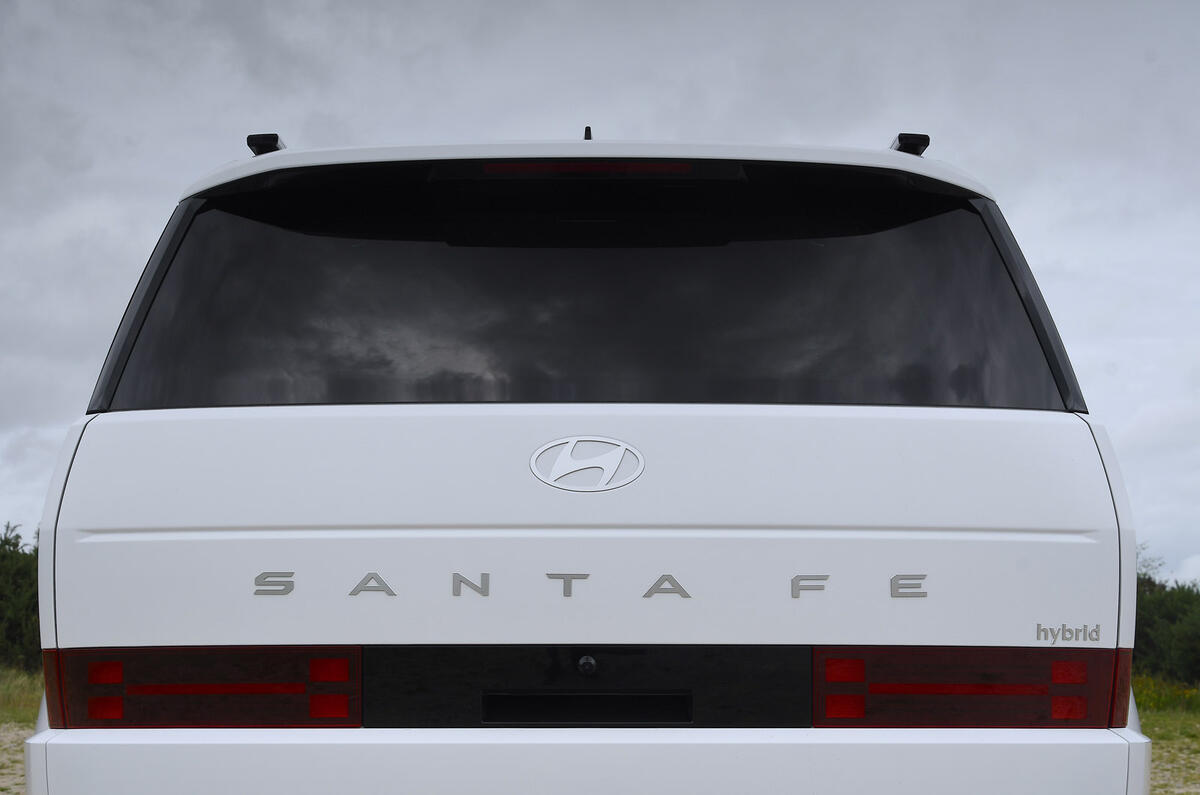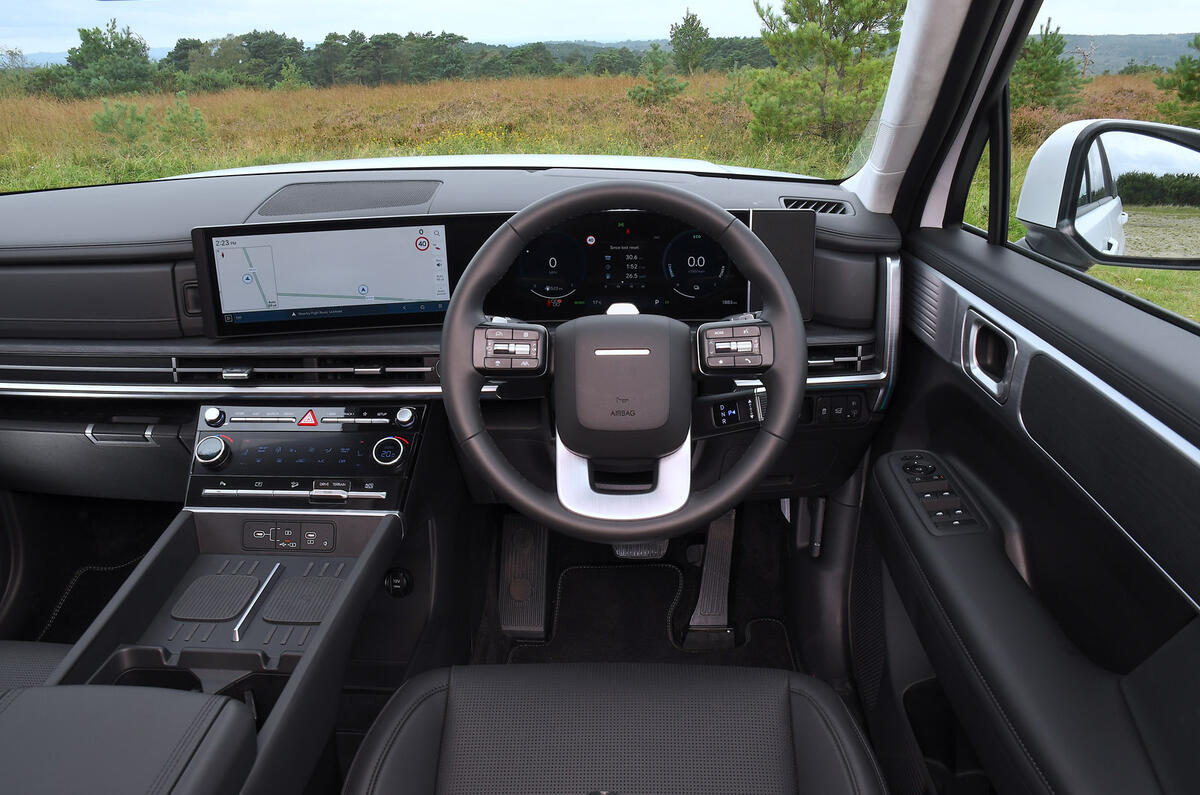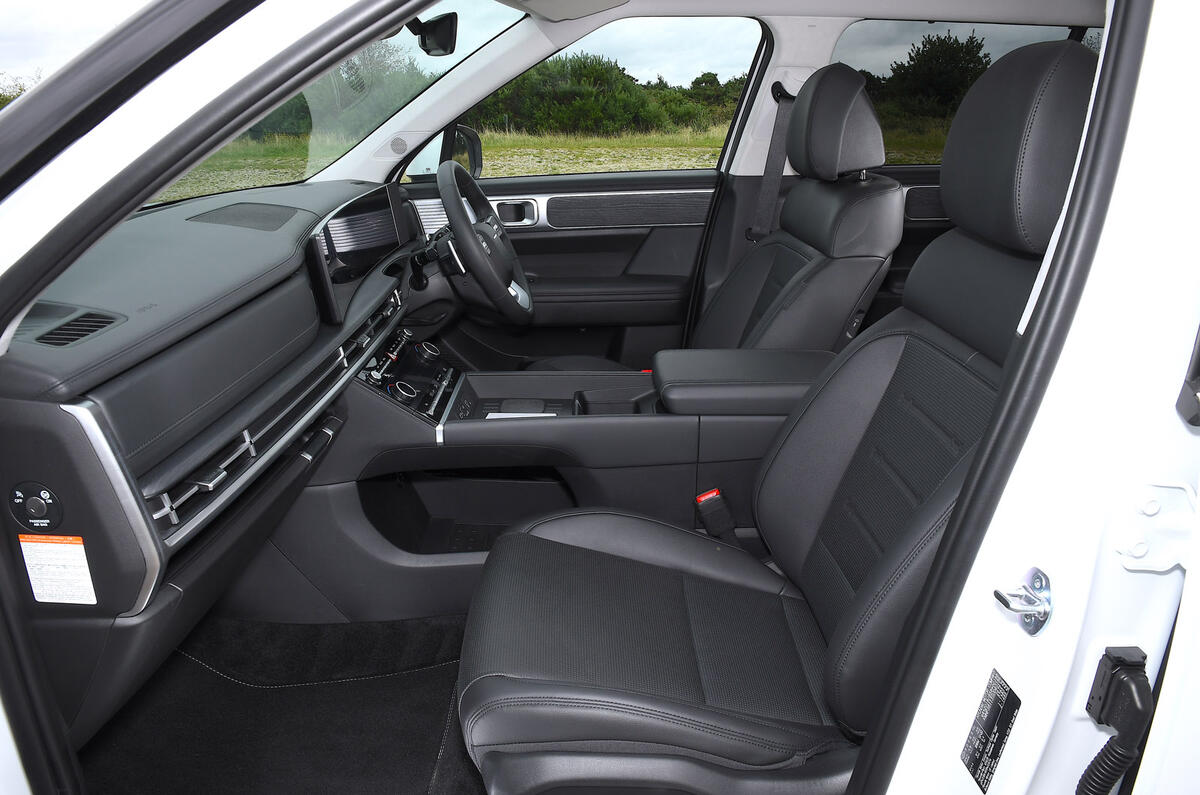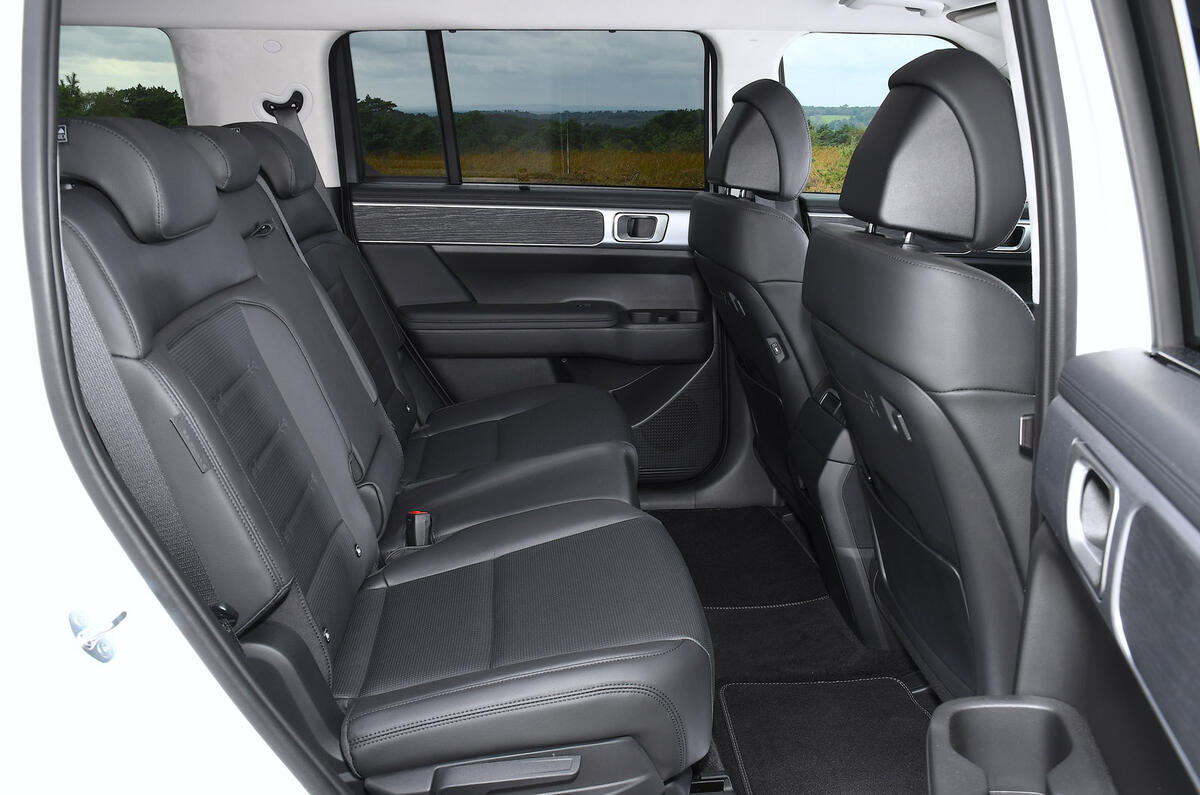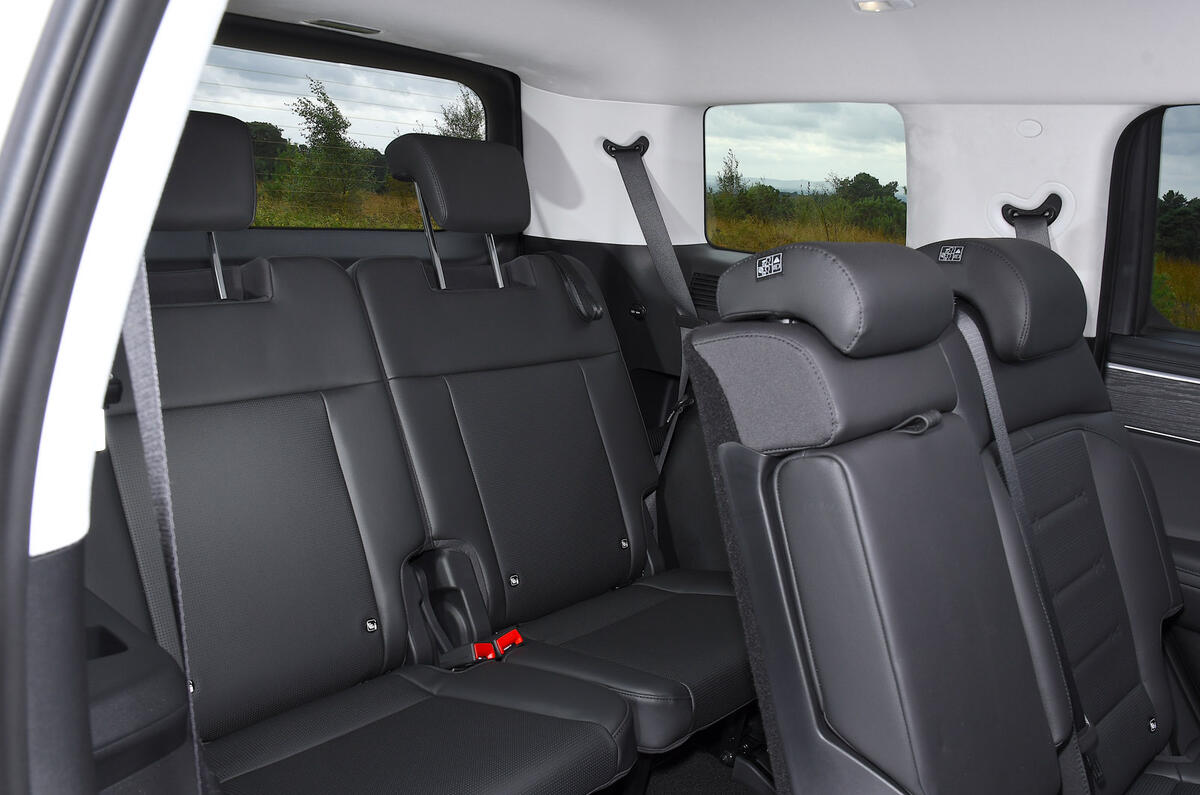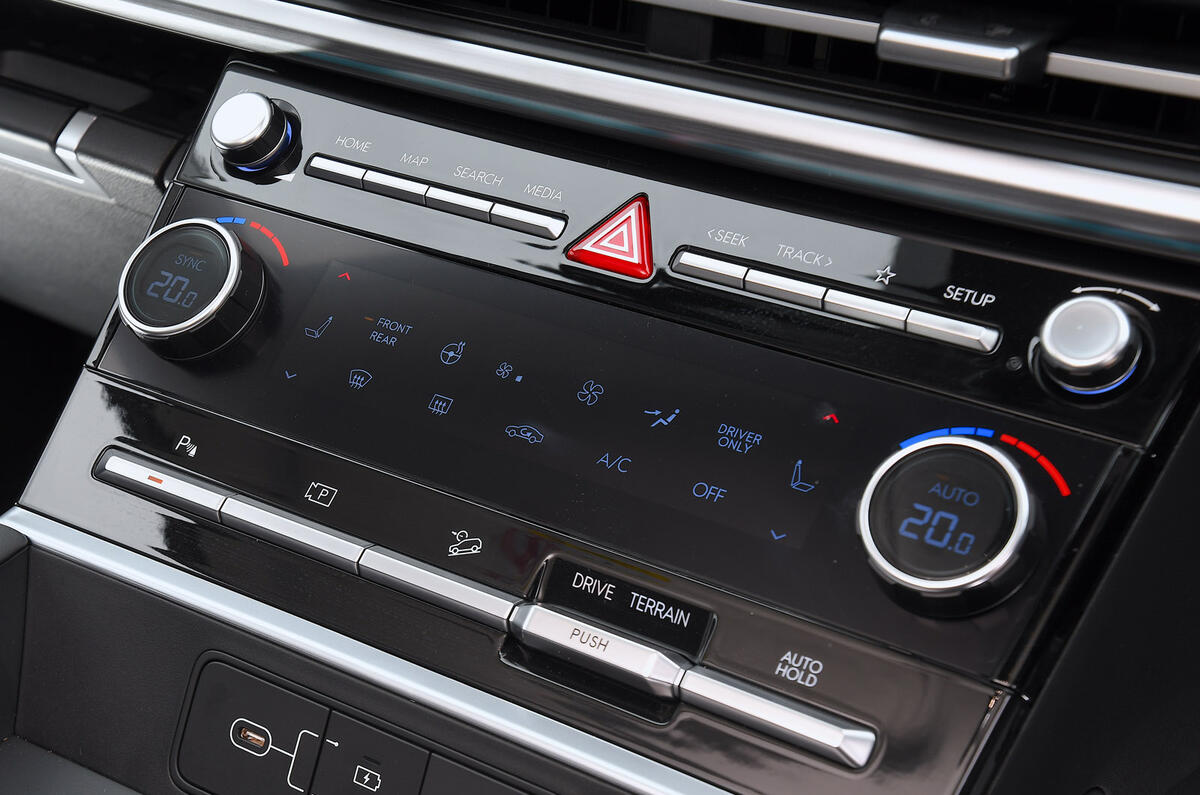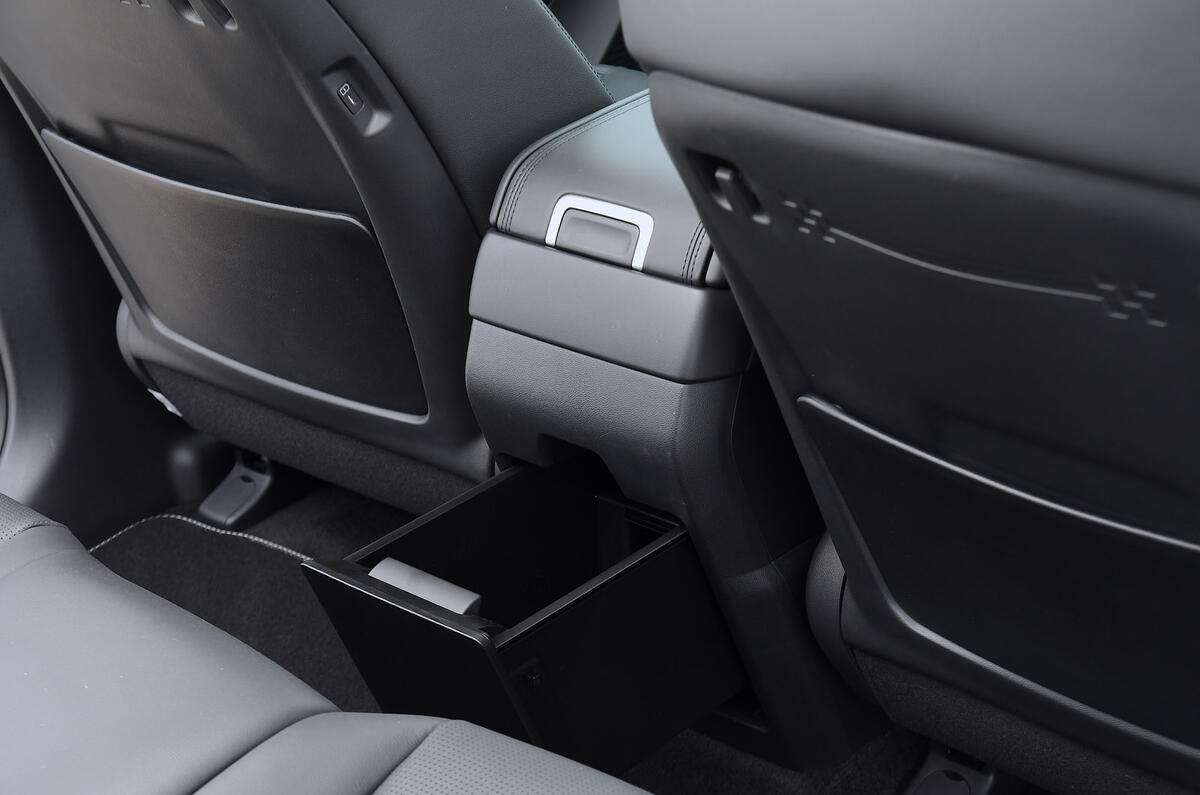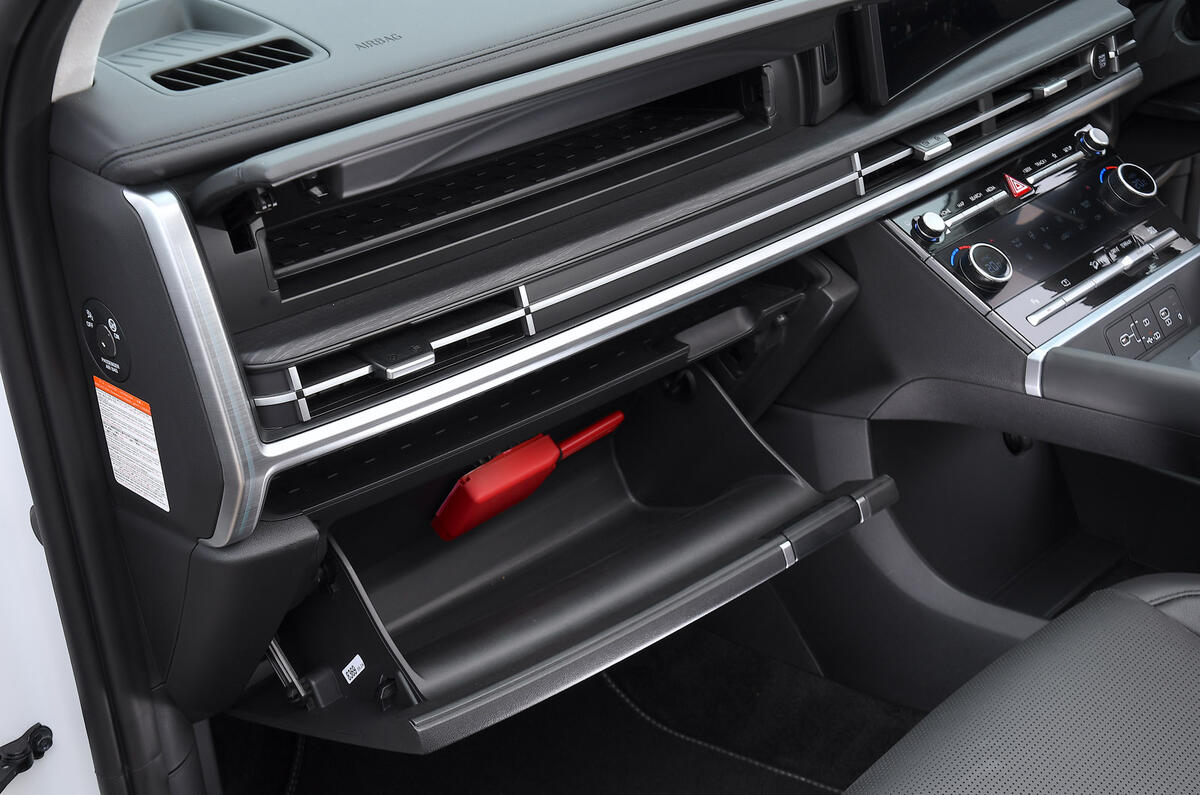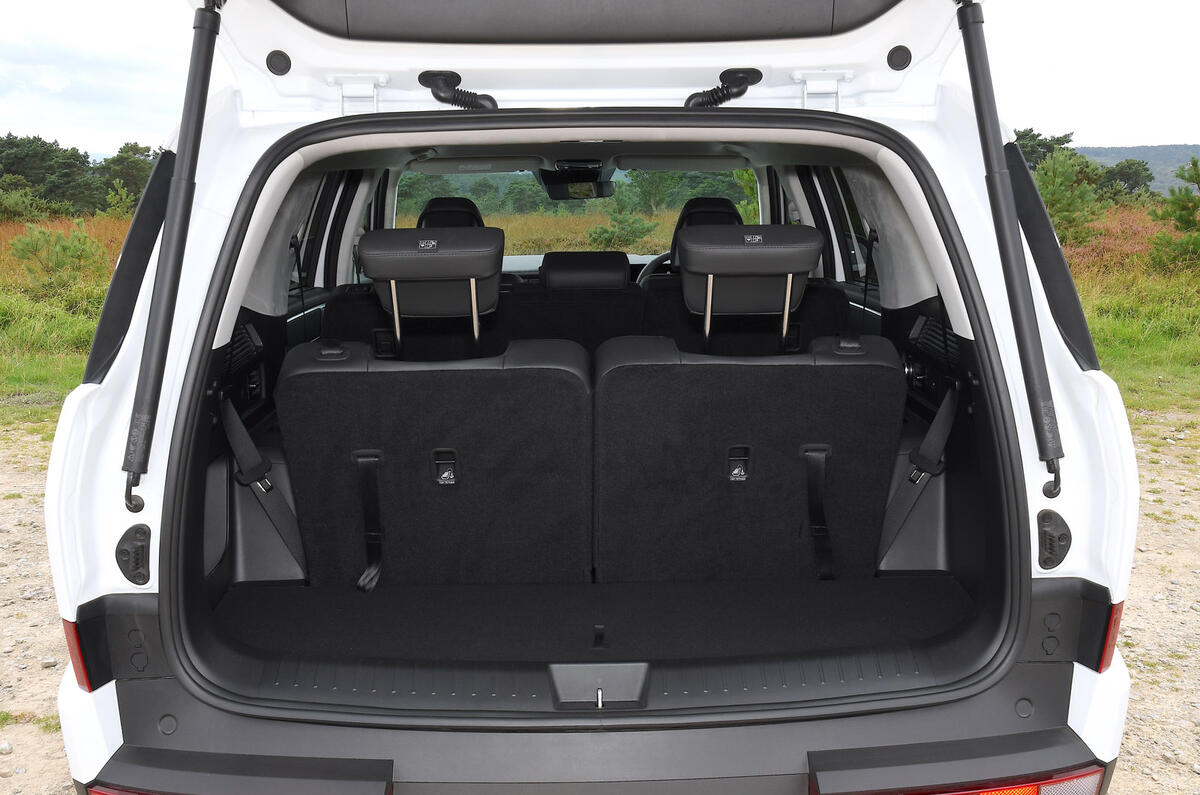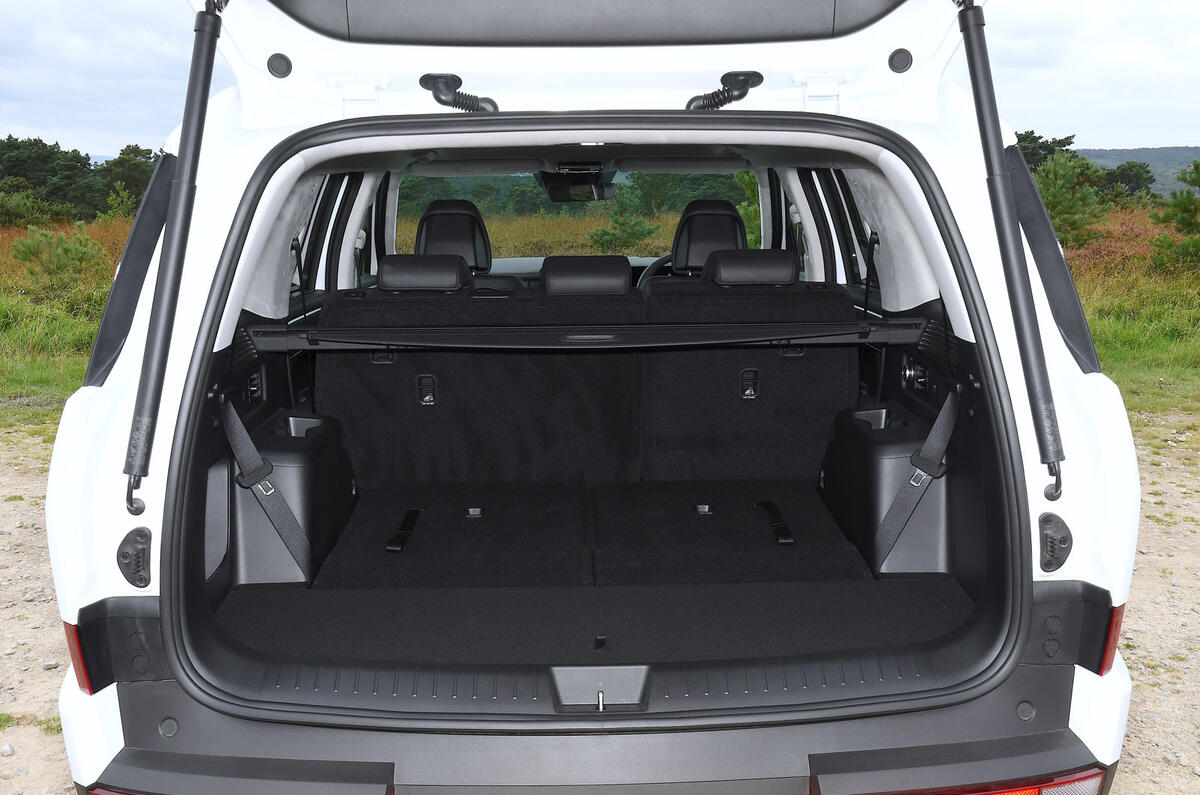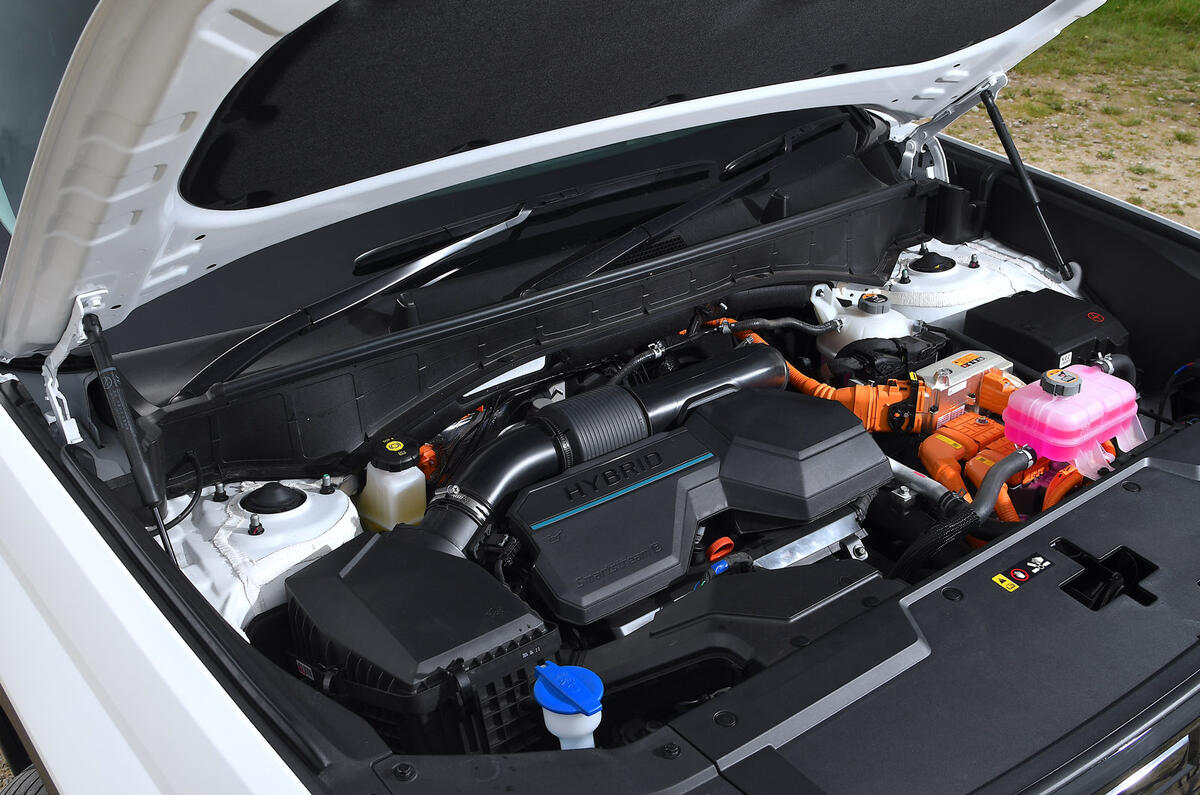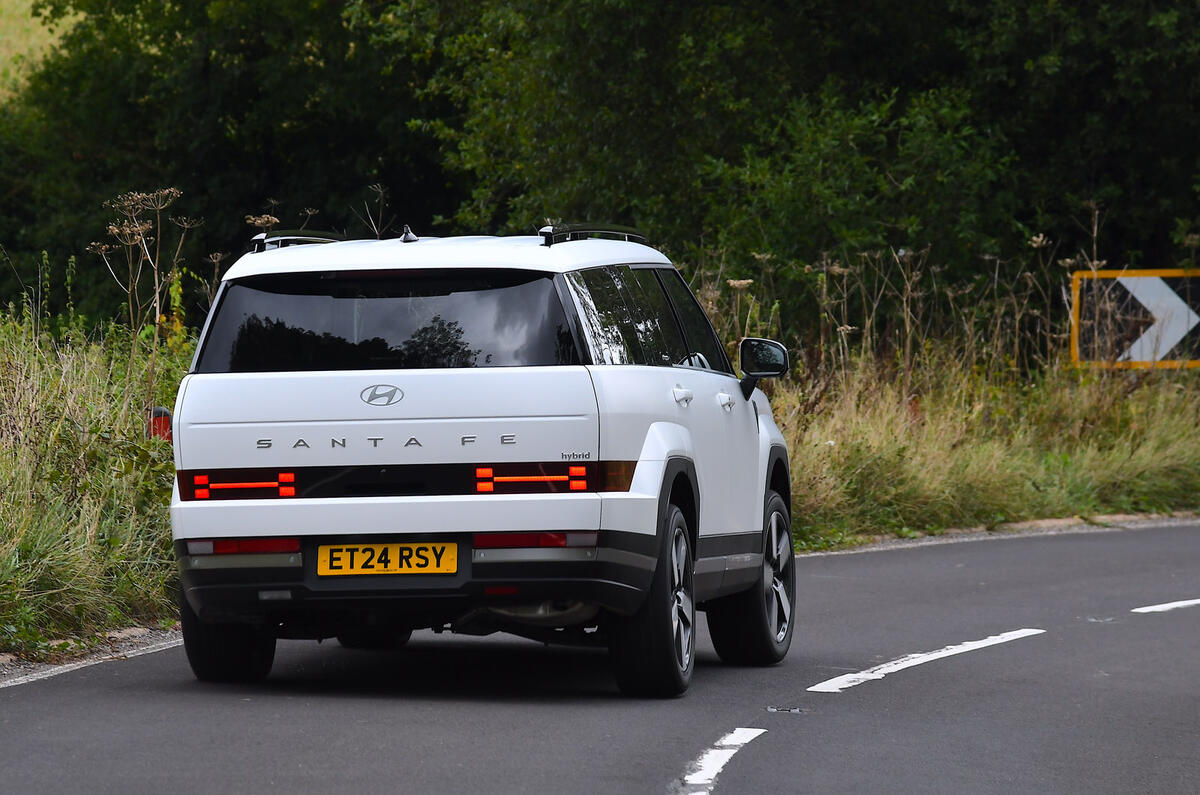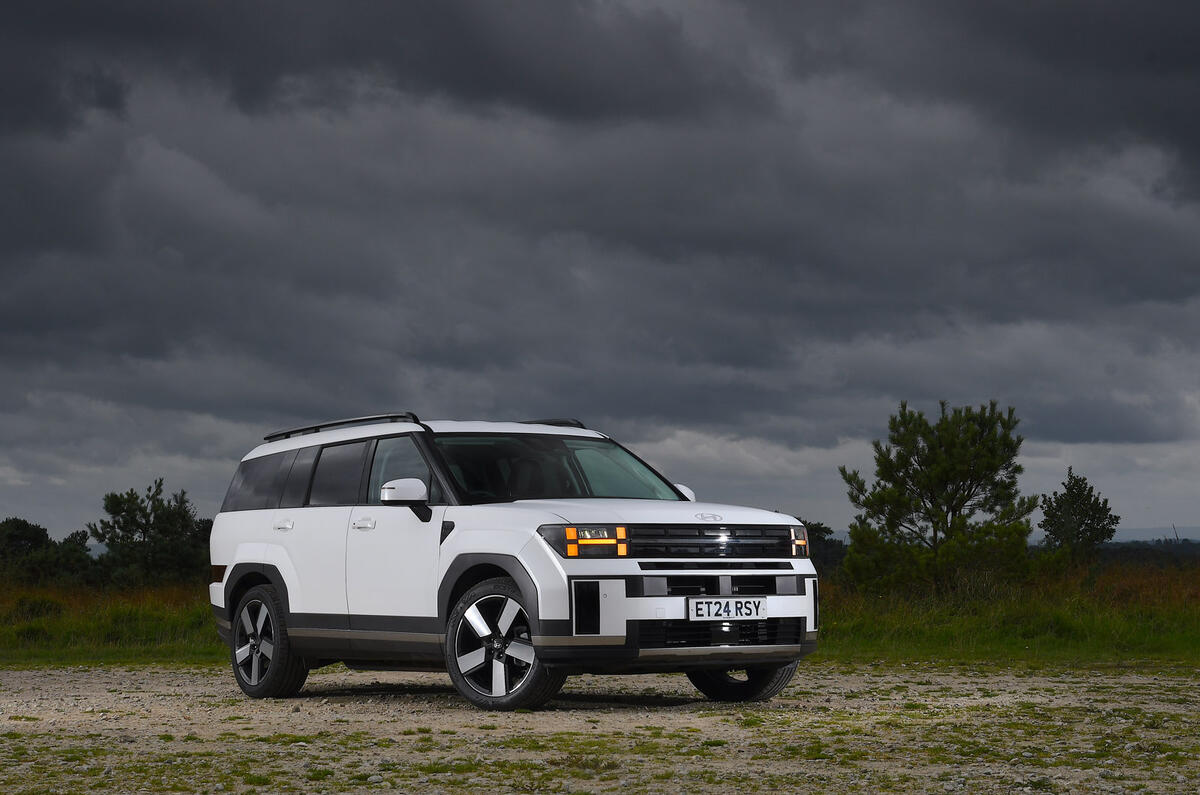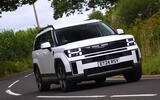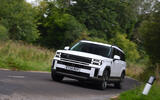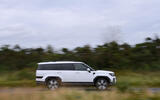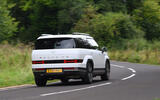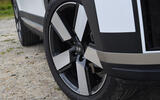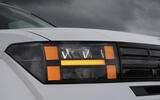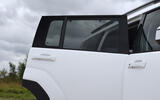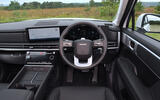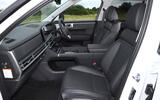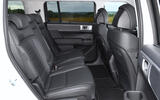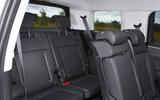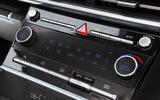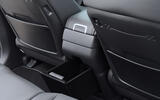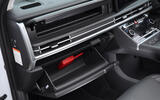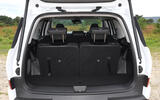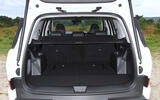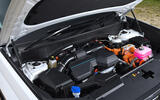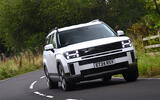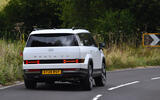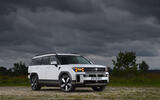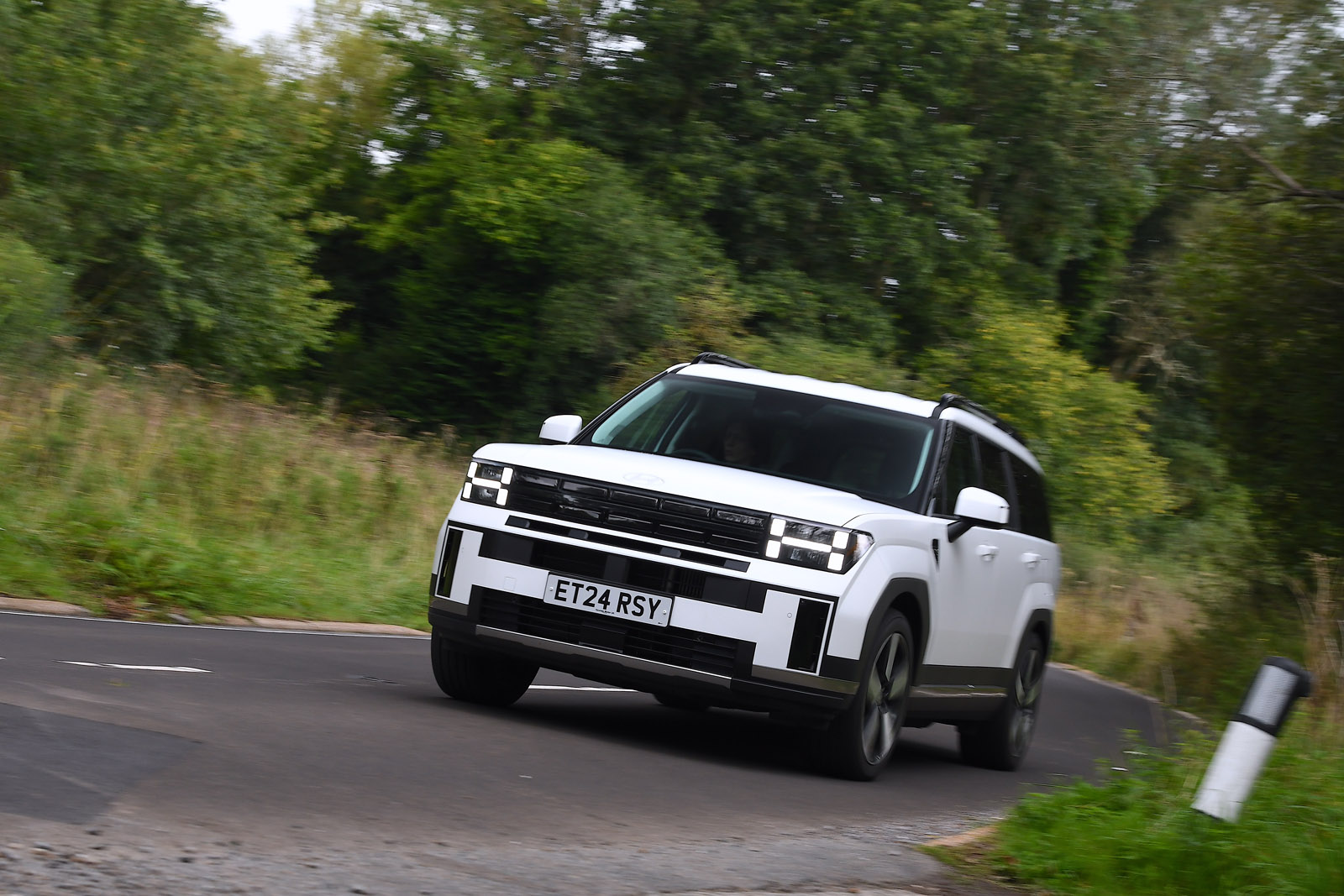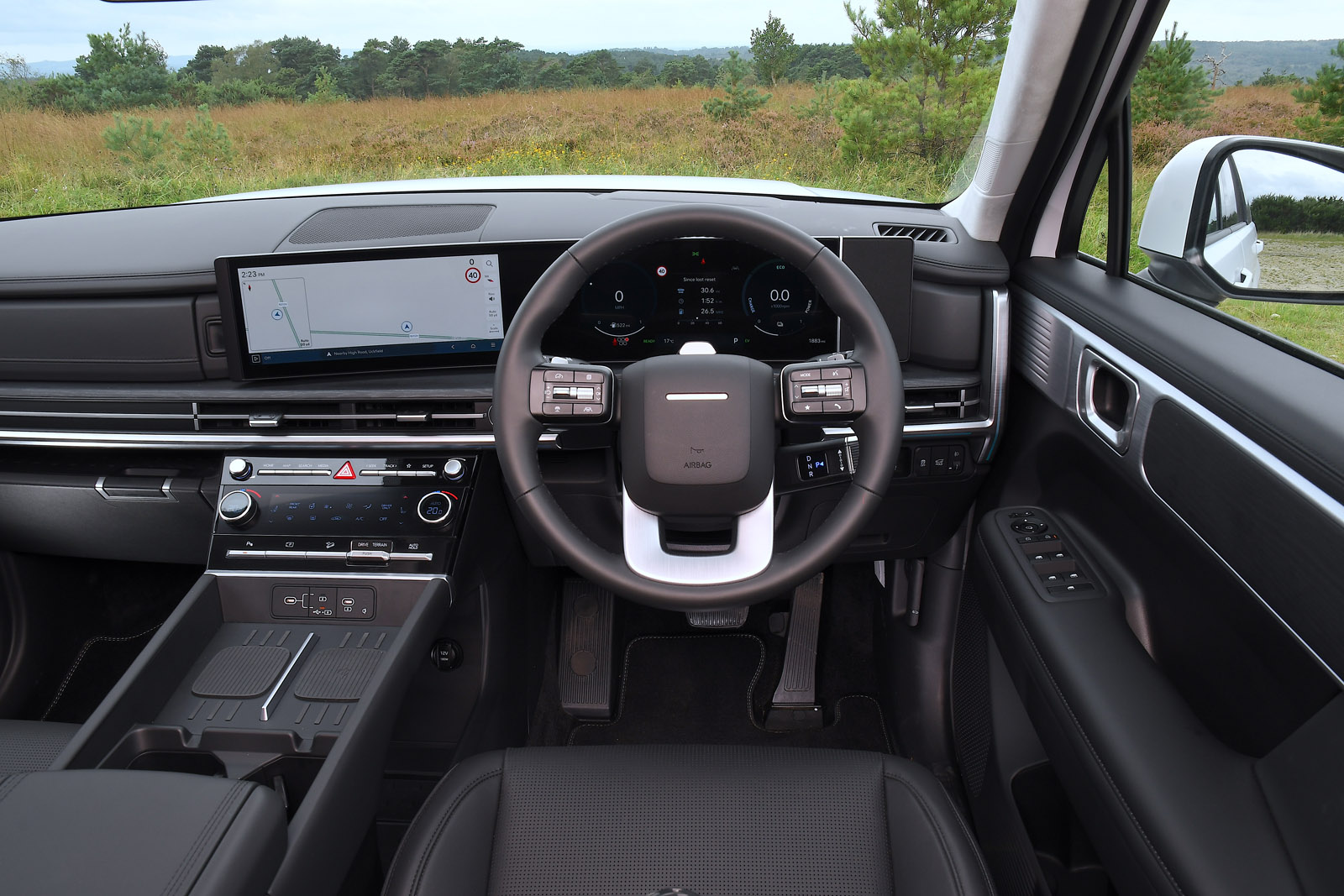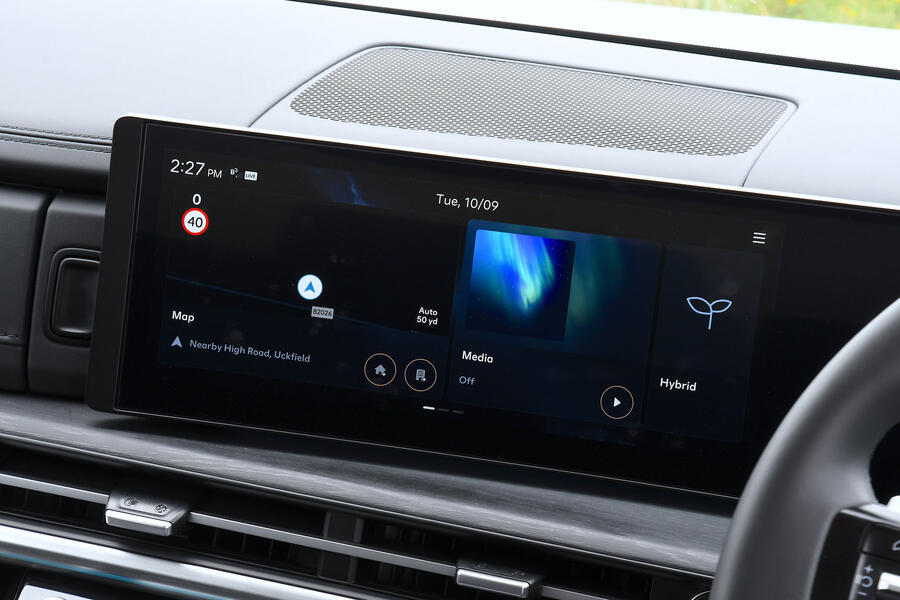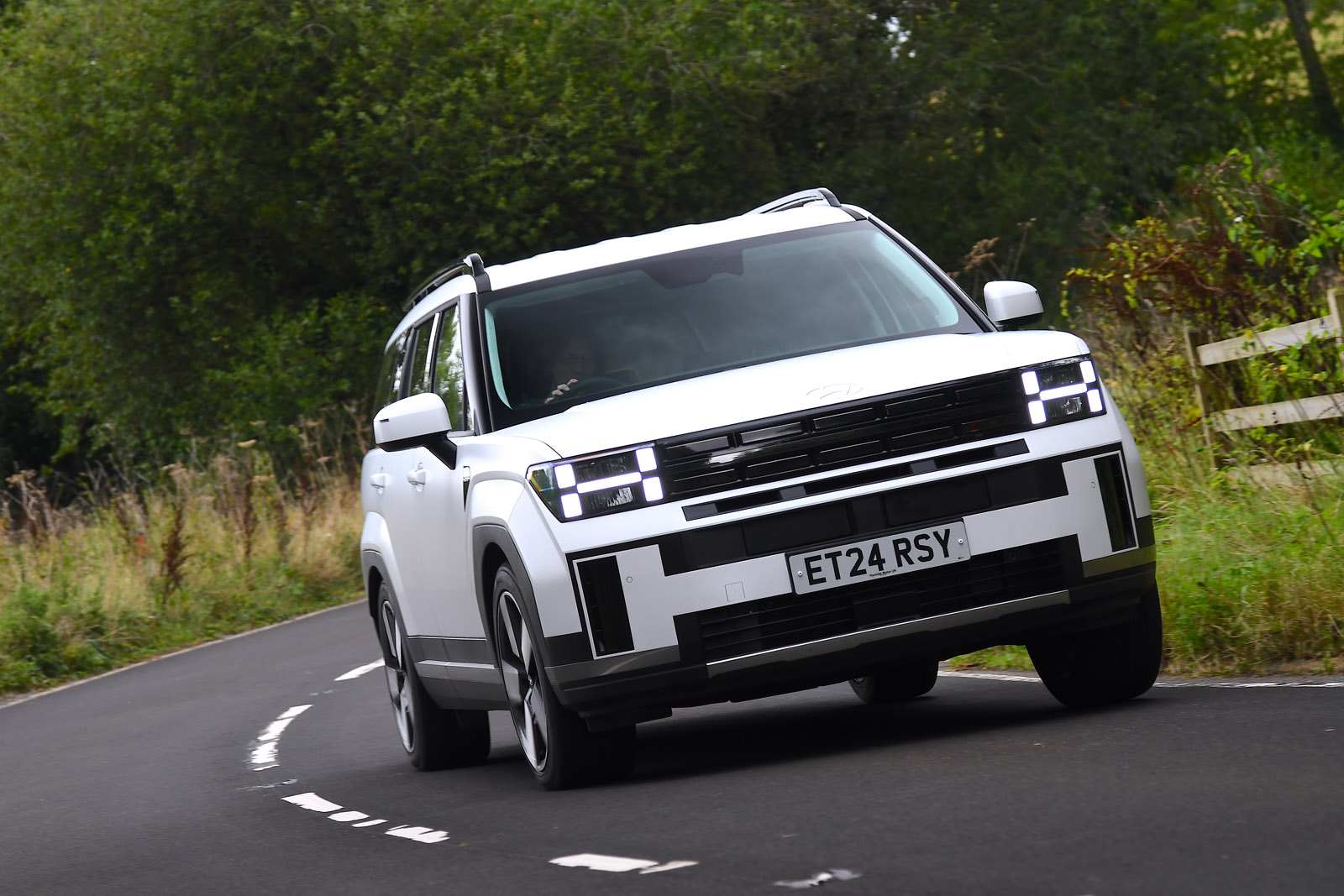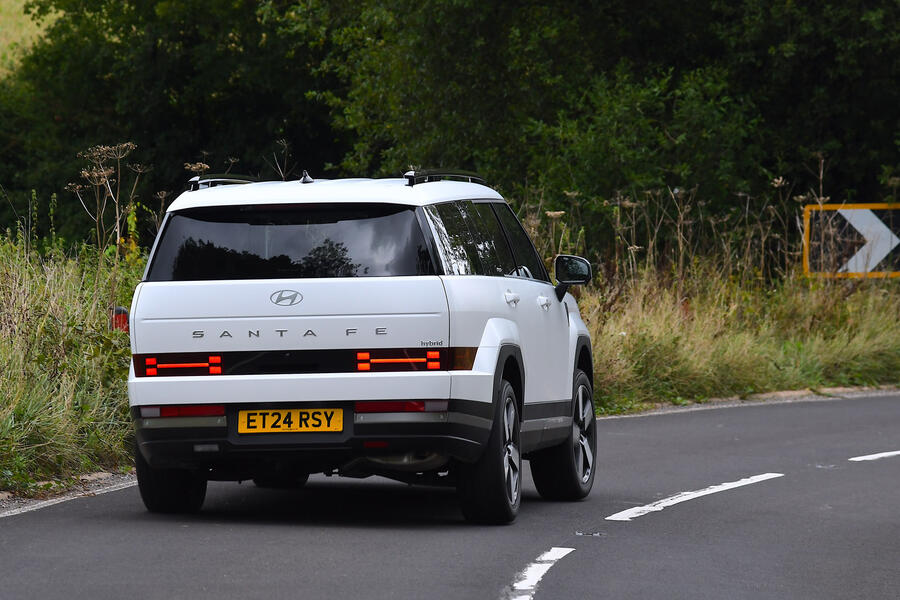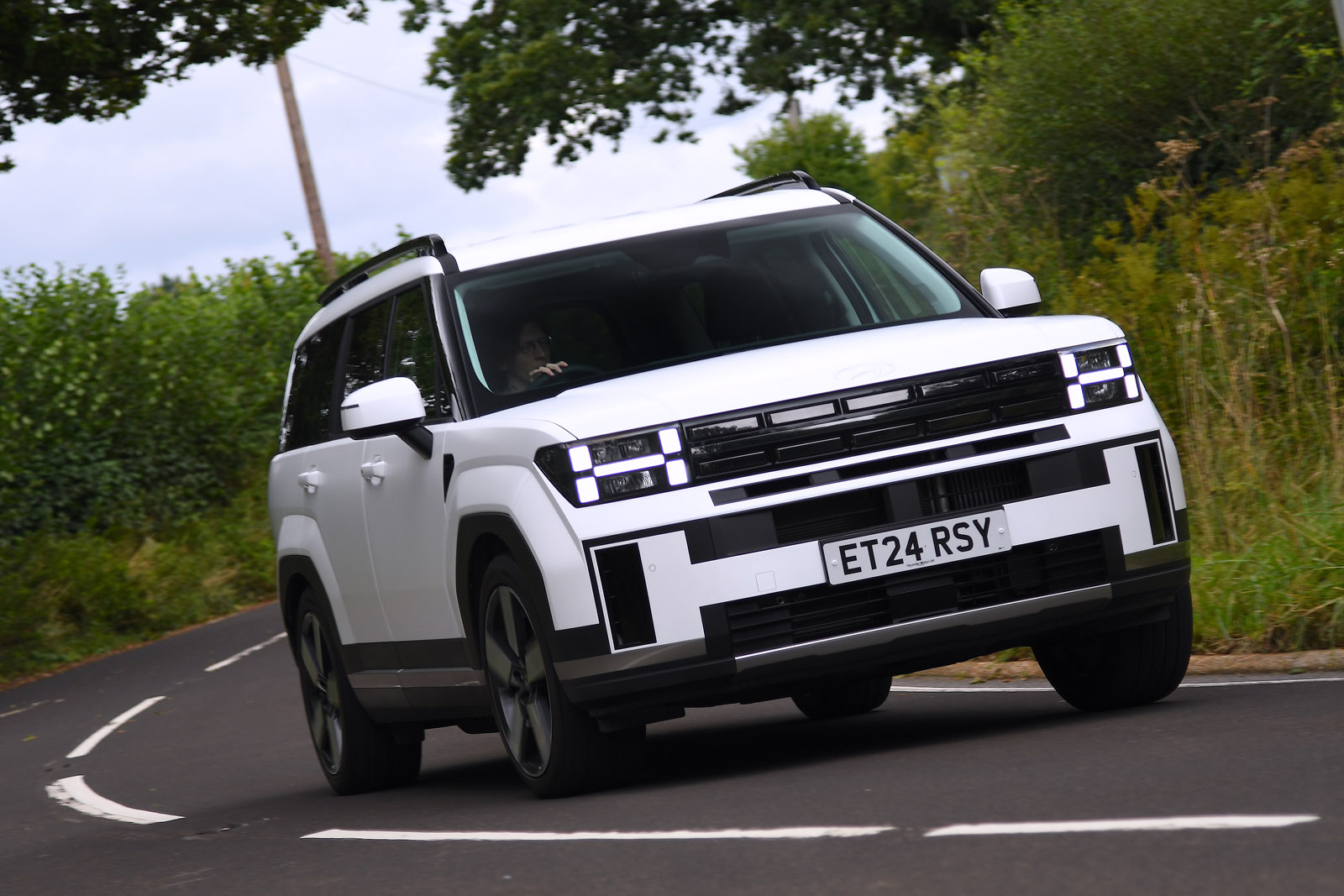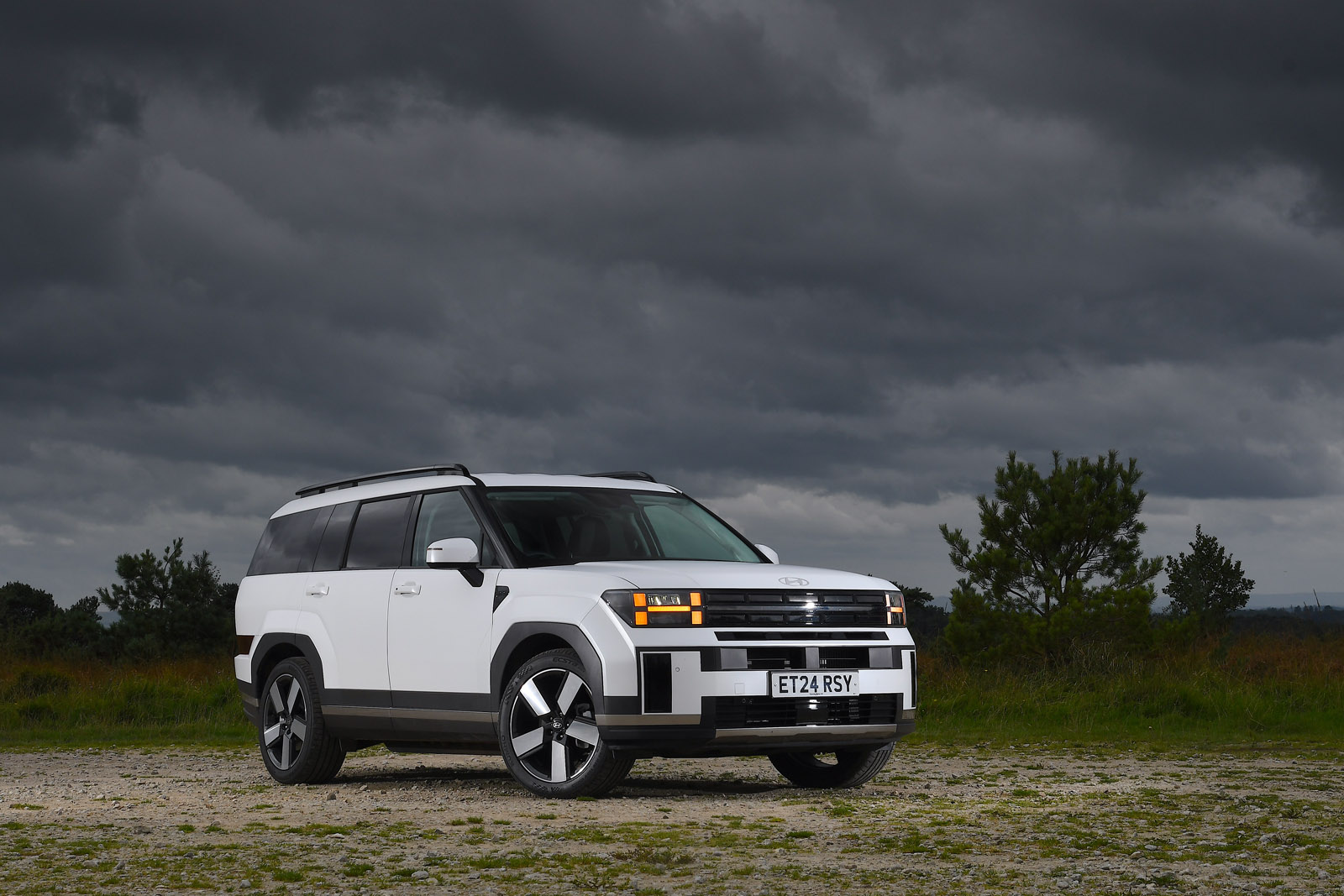To an extent, the spec sheet of the Santa Fe Hybrid reads like it might have been compiled by some sort of random number generator. Its system power of 212bhp sounds surprisingly generous for an SUV with no sporting pretensions. It’s also produced by an engine of just 1.6 litres of capacity, albeit assisted by a 58bhp electric motor. Meanwhile, all that power results in only a leisurely 0-62mph time of 9.8sec.
The 1900kg kerb weight (2007kg as tested) undoubtedly dulls the Santa Fe’s performance, but at MIRA proving ground our car actually proved swifter than claimed, by quite some margin. In reality, 0-62mph took just 8.4sec.
While the timing gear doesn’t lie, the Santa Fe doesn’t actually feel that quick in everyday driving. We have observed similar with other Hyundai and Kia hybrids, and hybrids that are short on electric power in general.
The Hyundai usually tries to set off on the electric motor but, because of its modest power, the engine quickly has to step in. And anyway, with a battery capacity of just 1.49kWh, electric running wouldn’t last long anyway.
When the petrol four-cylinder comes in, it does so with plenty of mechanical thrash – the easy mid-range torque you would want in a car like this just isn’t there. The situation is exacerbated by the wide spacing of the six gears, which means that if you demand even moderate acceleration, the engine will rev quite high before going into the next gear.
Wider test experience tells us that the PHEV doesn’t suffer from these issues as much because it benefits from a stronger electric motor. Compared with its peers, however, it could also do with some more electric power and range. It will of course also need plugging in regularly to work properly.
Most of the time, you can drive around the drivetrain’s prickliness by just taking it very easy. Once up to cruising speed, the long gears prove their worth and the engine quietens down. It’s worth remembering that the Peugeot 5008 Hybrid is similarly afflicted but has less flat-out performance and a Skoda Kodiaq 1.5 is hardly over-endowed with grunt either, although it is better behaved under load. The Nissan X-Trail’s e-Power series hybrid system is the most refined in the class but not very efficient.
This type of car used to be powered by a diesel engine by default, and for good reason. While we don’t miss oil-burners in superminis, hybrids are struggling to fill the gap in big cars.
Braking performance in the dry was as expected, with no notable fade, but a stopping distance of 67.7m in the wet is rather long. Pedal feel in normal driving is nicely progressive, and when not in Sport mode you can use the steering wheel paddles to control the level of regen, which is a nice feature in a hybrid.
